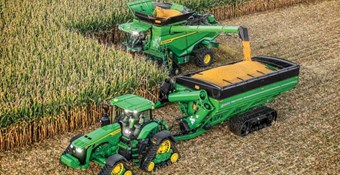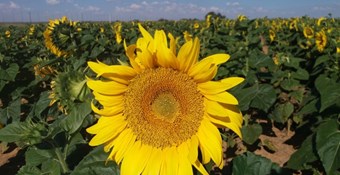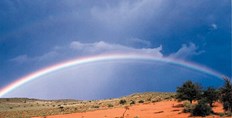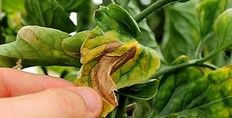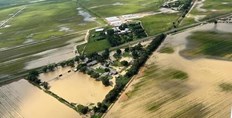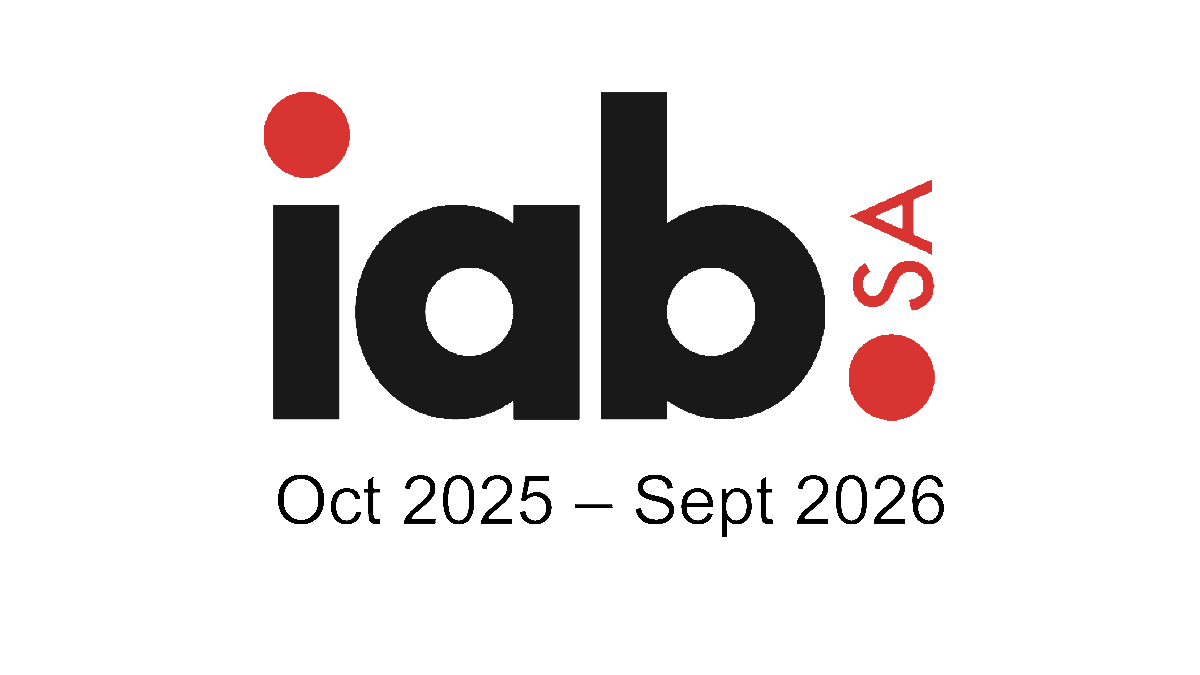Agri Hour
Complementary supplementation for cattle throughout the year─── ELSABÉ RICHARD 05:00 Wed, 23 Jun 2021

Phosphorus is one of the essential nutrients for livestock, especially during the summer season.
Signs of phosphorus deficiency in cattle is usually the chewing of foreign material such as bones which can lead to diseases such as botulism, or ‘lamsiekte’, as it is known in Afrikaans.
See PODCAST below
In a presentational video by Agri Gauteng, Dr Francois van der Vyver, Technical Manager of National Ruminants at Nutri Feeds, says that summer is usually characterised by high-feed availability, high growth rates as well as high production levels.
He explains that it is important to provide a phosphorus supplement because it will utilise energy in grazing, improve the intake of grazing, and facilitate fertility and growth, amongst others.
Along with phosphorus, Van der Vyfer says other trace elements, such as zinc, copper, manganese, selenium, cobble and molybdenum, needs to be provided. However, farmers need to be careful when giving copper to small animals such as sheep as large quantities of the element could be harmful.
Transitional period
During the transitional period, grazing usually matures, green grazing becomes dryer and the nutritional value of the grazing deteriorates. So, now the primary deficiency becomes protein in addition to phosphorus.
“So, we’re moving from a phosphorus only lick to a winter lick, which would be urea (protein) containing lick,” says Van der Vyver.
He says farmers should start with this transition as soon as they see that the phosphorus intake of the animal increases.
The transition lick should be given to the animal for a period of about two weeks after which farmers should then move straight to winter supplementation.
Winter supplementation
Van der Vyver says winter is usually a difficult season.
This, as pastures are dry which results in most nutrients being limited. The primary nutrient deficiency during this season is protein and when one breaks it down, it is the nitrogen requirement of the micro-organisms. By supplementing the micro-organisms with nitrogen, “we meet their (animal) requirements and they can start building microbial protein. And by stimulating microbial growth, they actually need energy so they start digesting the very unpalatable poor quality roughage – which they get from the veld or from hay. This stimulates the intake of this hay because the micro-organisms need energy to supplement.”
OFM News previously reported that when one looks at natural grazing within South Africa, one would have to split it between the different seasons, says Van der Vyver. “We know that in summer, specifically early summer, the grazing is of a very high nutrient quality - especially for the sour veld areas… Sweet veld usually maintains its nutrient value much better. [However], phosphorous deficiency, also known as Pica, is a problem throughout Southern Africa, as well as calcium in certain areas, but in most cases calcium is sufficient; sodium a little bit low, and then magnesium [and] potassium can be area dependent – but mostly it is sufficient.”
Van der Vyver urges farmers to always note that the veld should be matched to the animal with the appropriate supplement to provide for efficient nutrient intake.
OFM News

